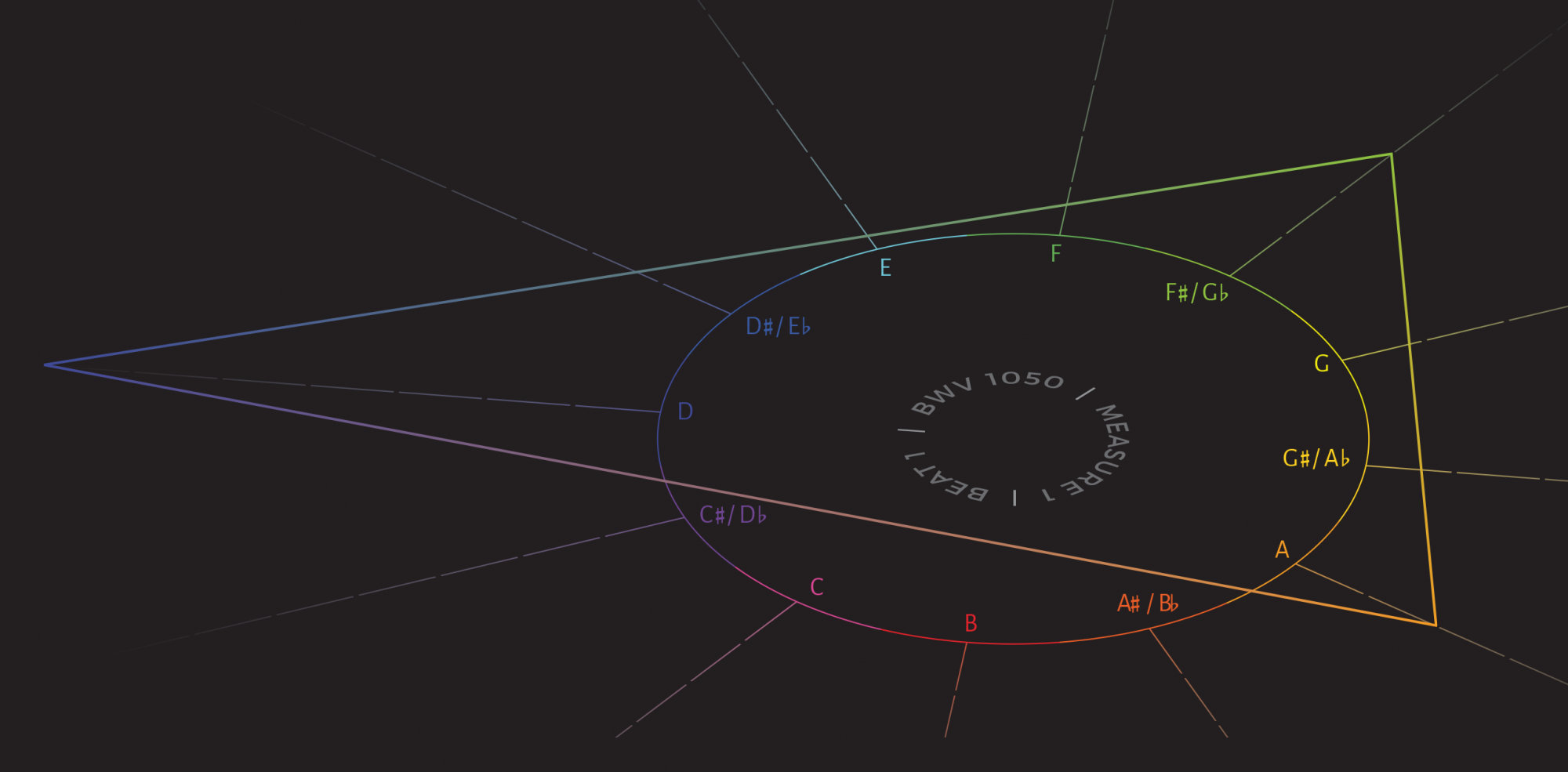The editors of Intégral are excited to present our latest volume! The three articles, two reviews, and one analytical vignette comprising its contents form an unusually cohesive whole. Stitching together two staged works about uniquely American social and racial tensions as well as a veritable array of twentieth-century concert music, the analytical strands that suffuse this volume include clashes/disjunctions/displacements, mode, multiple tonalities, and rhythm and meter.
In “Tonal Rumble: Simultaneous and Successive Bitonality in West Side Story,” Andrew Aziz provides a listening framework for the dramatic bitonalities that emerge in Leonard Bernstein’s critically beloved yet analytically neglected musical. Reflecting Bernstein’s own documented attitudes towards tonality, Aziz describes how simultaneous and successive clashes of keys reflect the increasingly volatile hostility between the rival gangs, culminating in the musical’s tragic conclusion.
Matthew Bilik explores bitonality in a different repertory–French concert music from the early to mid-twentieth century–in “Key Duality and Melody-Bass Disjunction in Fauré and Duruflé.” Employing motivic segmentation and voice-leading analysis, Bilik explores how the sensation of two tonal centers emerges when the tonal outline of a melody or bass projects its own center separate from that of other voices.
In “Displaced Cadential Six-Four Chords,” Gabriel Fankhauser explores the limits of the cadential six-four through an extensive and wide-ranging repertory. Fankhauser takes a syntax-oriented approach, arguing that alterations—from minor to quite significant—to the chord’s surface harmony can be made while maintaining its underlying grammatical clarity.
In a concise and compelling analytical vignette, Zachary Lloyd navigates the multiplicity of Black experiences in Jeanine Tesori and Tazewell Thompson’s 2019 opera Blue. He posits that Tesori deploys the Lydian mode—laden with a historical panoply of social meanings—for moments of ill-fated optimism, that is, for moments that are too good to be true over the course of the opera’s unfolding.
We are also pleased to present two reviews of recent books: Stephanie Bilidas’ review of Focal Impulse Theory: Musical Expression, Meter, and the Body by John Paul Ito (2020) and Victoria Malaway’s review of Time’s A-Changin’: Flexible Meter as Self-Expression in Singer-Songwriter Music by Nancy Murphy (2023).
As ever, we express our deep appreciation to Intégral’s staff, editorial board, and typesetters for their diligent service, to the many scholars who provided thorough and insightful reviews, and to you for your readership and support.
Andrew Blake
Jacob Eichhorn
Robert Hamilton
Lukas Perry
Co-Editors

